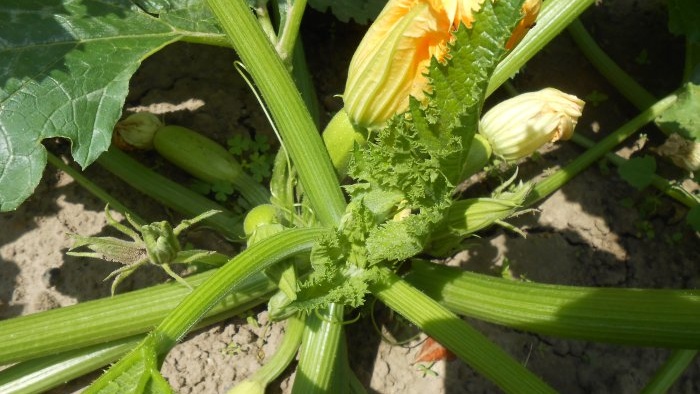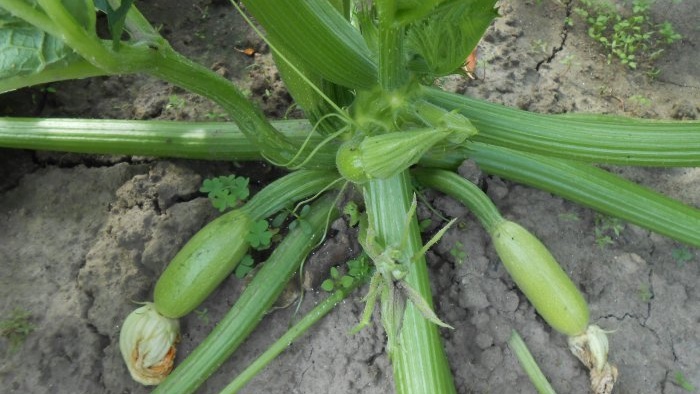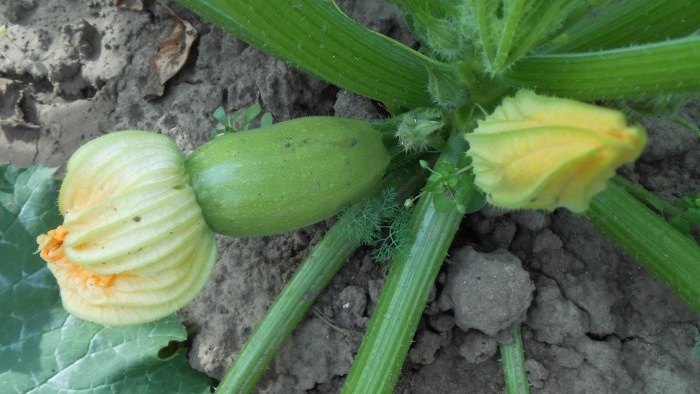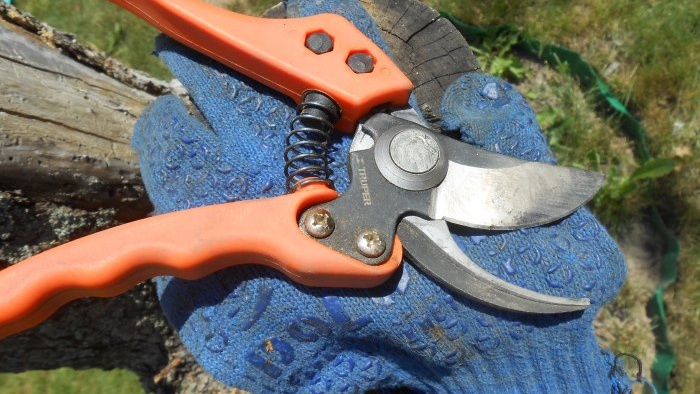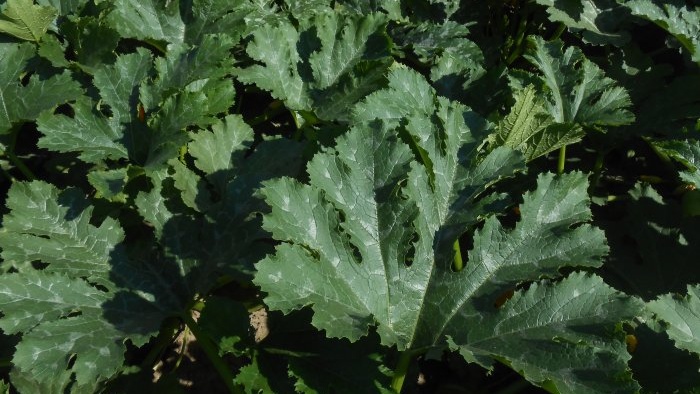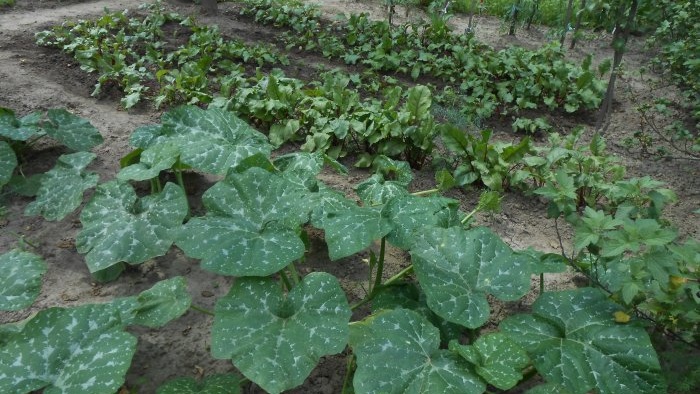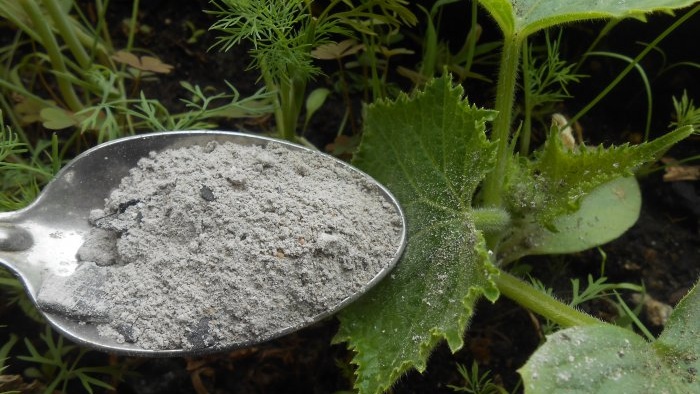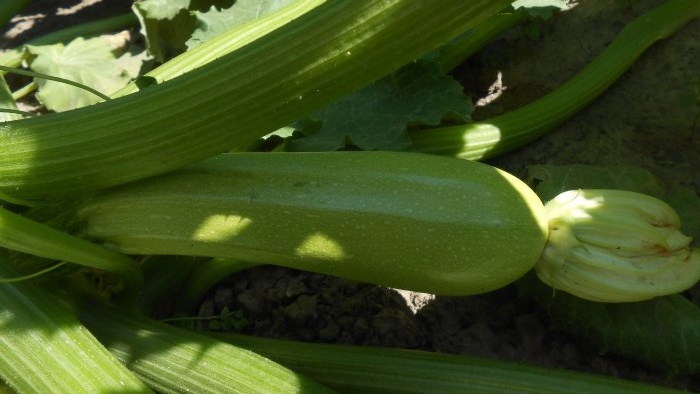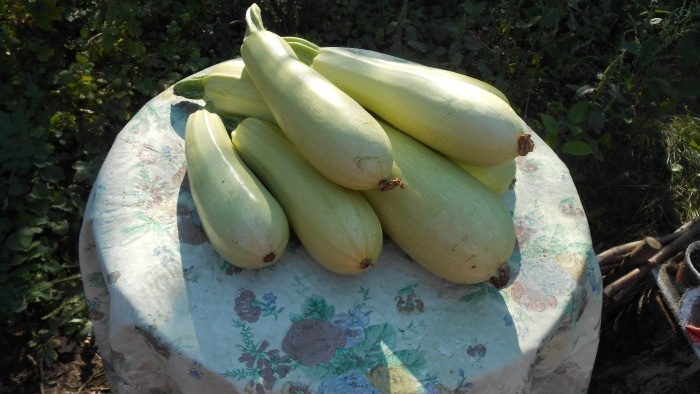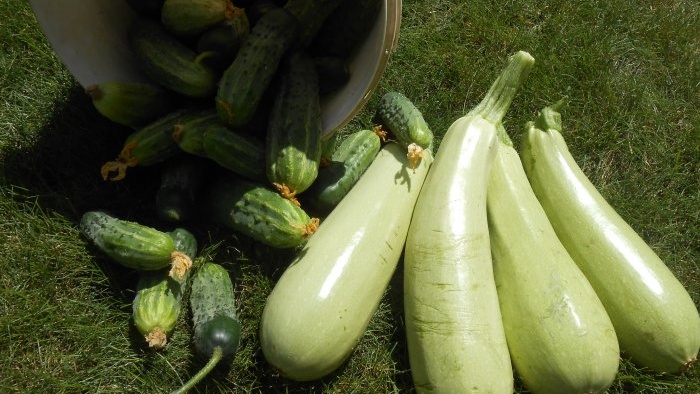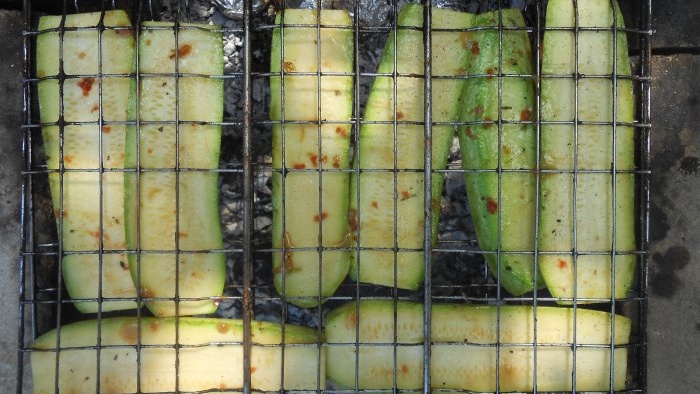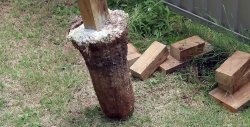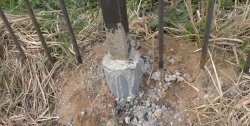Three reasons for the decline in zucchini yields
Among professional and amateur vegetable growers, zucchini, like zucchini, is considered one of the most unpretentious pumpkin crops. When properly caring for a squash plantation, a stable harvest of juicy greens is guaranteed. And by choosing modern bush hybrids or varieties that are compact and high-yielding, you can significantly facilitate the implementation of necessary agrotechnical measures.
However, sometimes novice gardeners are faced with the fact that lovingly planted bushes are either completely covered with barren flowers (male flowers), or the ovaries on the female flowers are weakly formed or simply fall off. What factors have such a negative impact on the growth and development of pumpkin vegetables, and how to prevent a decrease in the number of green fruits collected from each bush?
It is pointless to expect a large number of fruits from zucchini planted in an area shaded by dacha plantings or building structures for at least half of the daylight hours.Therefore, for zucchini, as well as for other pumpkin crops, it is necessary to allocate only well-lit beds.
In addition to planting the vegetable in a sunny place, experts recommend periodically cutting out old leaves that thicken bushes or vines. Removing excess leaf blades using garden shears not only opens up sunlight to flower stalks, ovaries and fruits, but also facilitates pollination of flowers by bees, and also improves plant ventilation.
Excessive use of nitrogen fertilizers, as well as excessive application of mineral nitrogen fertilizers during pre-sowing tillage, leads to the fact that zucchini develops a powerful vegetative mass to the detriment of fruiting. Nitrogen fertilizers in liquid form are applied to the bushes only at the beginning of the growing season (2 times with an interval of 2 weeks), and the granules are plowed according to the manufacturers' instructions.
After the seedlings enter the flowering and fruiting phase, they are fed at the root and leaf level with nitrogen-free products rich in potassium, calcium, phosphorus salts and microelements, for example, wood or grass ash and aqueous extracts from it. The fertilization interval is, on average, 14 days.
A lack of the microelement boron, which is responsible for the formation of ovaries, leads to massive flower falling. To eliminate the imbalance after the appearance of the first buds and flowers, it is recommended to treat the plants on the leaves and peduncles with a solution of ordinary boric acid (2-3 g per bucket of water) or a complex solution of calcium-rich whey and boric acid (1 liter of whey and 4 g of boric acid per bucket of water). Foliar treatment is repeated after 2 weeks.
As you can see, there is nothing complicated in the methods of increasing the yield of zucchini.You just need to choose the right place for the crop and apply fertilizers correctly throughout the growing season. Easy work for you in your summer cottage!
However, sometimes novice gardeners are faced with the fact that lovingly planted bushes are either completely covered with barren flowers (male flowers), or the ovaries on the female flowers are weakly formed or simply fall off. What factors have such a negative impact on the growth and development of pumpkin vegetables, and how to prevent a decrease in the number of green fruits collected from each bush?
There are three main reasons why zucchini does not bear fruit:
- 1. Lack of sunlight.
- 2. Excess nitrogen substances in the soil.
- 3. Lack of boron.
Prevention of decline in zucchini yield
It is pointless to expect a large number of fruits from zucchini planted in an area shaded by dacha plantings or building structures for at least half of the daylight hours.Therefore, for zucchini, as well as for other pumpkin crops, it is necessary to allocate only well-lit beds.
In addition to planting the vegetable in a sunny place, experts recommend periodically cutting out old leaves that thicken bushes or vines. Removing excess leaf blades using garden shears not only opens up sunlight to flower stalks, ovaries and fruits, but also facilitates pollination of flowers by bees, and also improves plant ventilation.
Excessive use of nitrogen fertilizers, as well as excessive application of mineral nitrogen fertilizers during pre-sowing tillage, leads to the fact that zucchini develops a powerful vegetative mass to the detriment of fruiting. Nitrogen fertilizers in liquid form are applied to the bushes only at the beginning of the growing season (2 times with an interval of 2 weeks), and the granules are plowed according to the manufacturers' instructions.
After the seedlings enter the flowering and fruiting phase, they are fed at the root and leaf level with nitrogen-free products rich in potassium, calcium, phosphorus salts and microelements, for example, wood or grass ash and aqueous extracts from it. The fertilization interval is, on average, 14 days.
A lack of the microelement boron, which is responsible for the formation of ovaries, leads to massive flower falling. To eliminate the imbalance after the appearance of the first buds and flowers, it is recommended to treat the plants on the leaves and peduncles with a solution of ordinary boric acid (2-3 g per bucket of water) or a complex solution of calcium-rich whey and boric acid (1 liter of whey and 4 g of boric acid per bucket of water). Foliar treatment is repeated after 2 weeks.
As you can see, there is nothing complicated in the methods of increasing the yield of zucchini.You just need to choose the right place for the crop and apply fertilizers correctly throughout the growing season. Easy work for you in your summer cottage!
Similar master classes

4 reasons for the ovaries falling off on cucumbers and methods for eliminating them

Foliar feeding of tomatoes with boric acid to increase

Blossom rot of vegetables: simple feeding for prevention and

Three proven dressings of garlic in spring and summer for large

Four effective techniques to increase potato yields

Growing zucchini in a warm bed
Particularly interesting
Comments (0)

